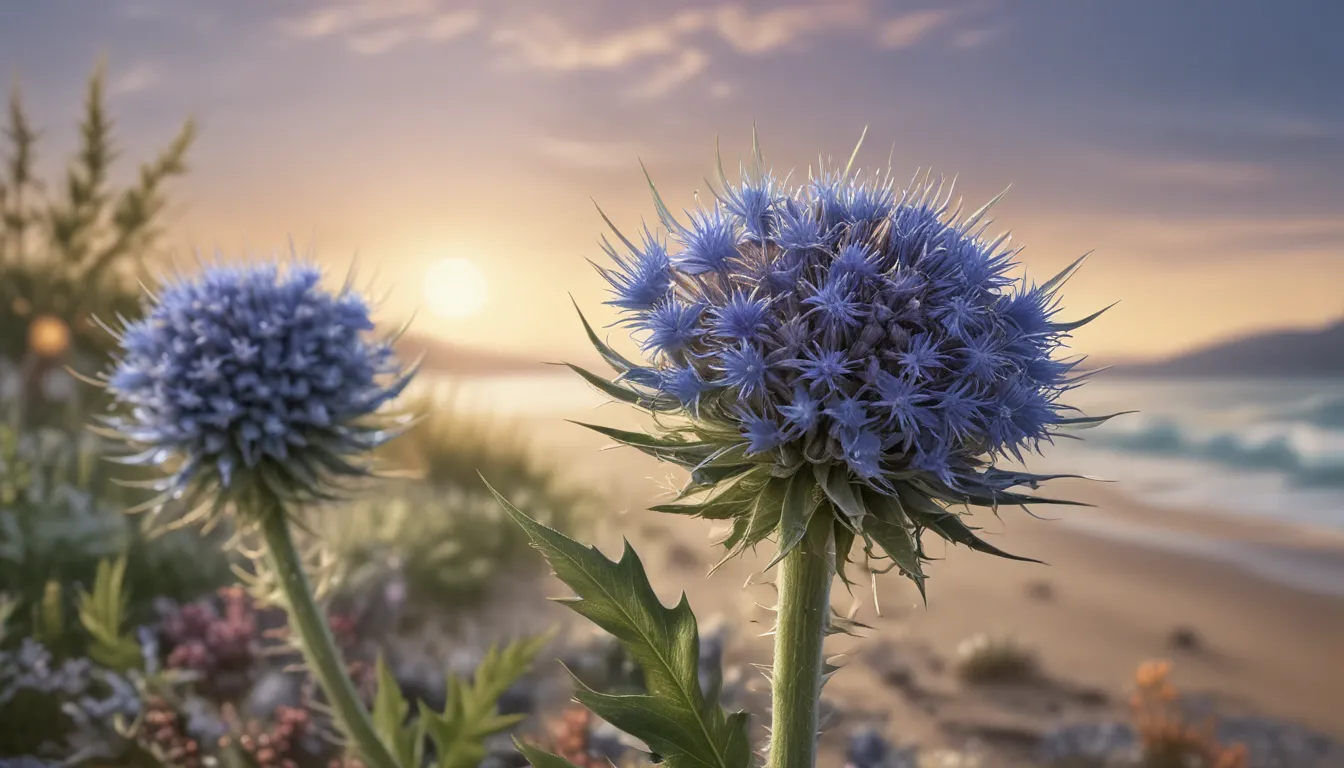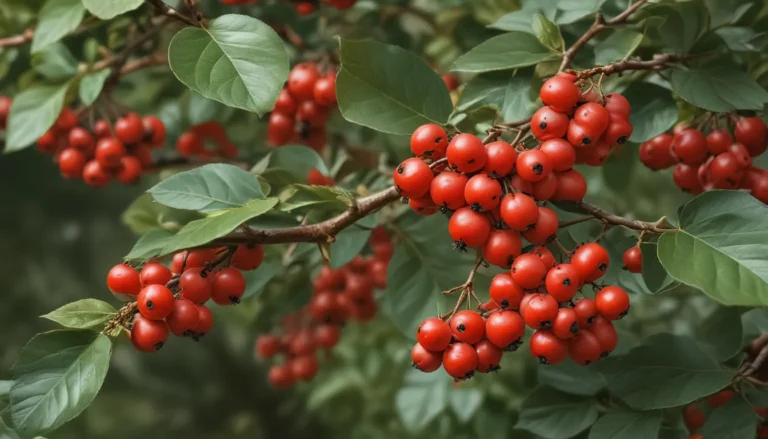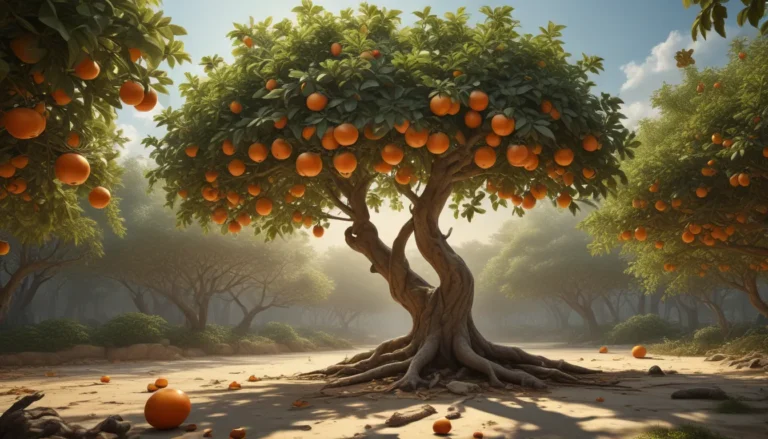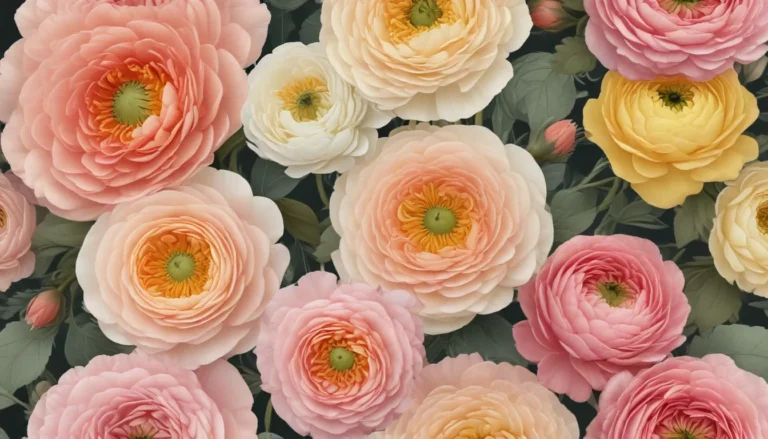The pictures we use in our articles might not show exactly what the words say. We choose these pictures to make you interested in reading more. The pictures work together with the words but don’t take their place. The words still tell you the important facts.
Are you ready to dive into the enchanting world of Eryngium, commonly known as Sea Holly? This fascinating genus of flowering plants from the Apiaceae family is sure to captivate your imagination with its unique spiky appearance and striking blue or metallic white flowers. Whether you're an avid gardener seeking to add elegance to your flowerbeds or simply intrigued by the wonders of nature, Eryngium plants hold a wealth of knowledge that will leave you awe-inspired and eager to learn more.
Exploring Eryngium: A Closer Look at Sea Holly
Let's embark on a journey to discover 20 intriguing facts about Eryngium that showcase the remarkable qualities of these captivating plants. From their historical significance to their versatile adaptations, Eryngium plants have garnered admiration from botanists, gardeners, and nature enthusiasts for centuries.
Unveiling the Diversity of Eryngium: Over 250 Species to Explore
Eryngium encompasses a diverse genus with more than 250 recognized species distributed across various regions of the world. Each species boasts unique characteristics and adaptations, making them a fascinating subject of study for plant enthusiasts.
The Greek Influence: The Origin of the Name Eryngium
The name Eryngium has its roots in the Greek word "eryngion," which refers to a thistle-like plant. This name aptly mirrors the thorny appearance of Eryngium plants, adding a touch of botanical history to their allure.
Sea Holly: A Common Moniker for Eryngium Plants
Known as sea holly, Eryngium plants earn this title due to their resemblance to true holly plants and their affinity for coastal habitats. The name evokes images of seaside charm and adds to the plant's mystique.
Mesmerizing Metallic Blue Hues: The Beauty of Eryngium Flowers
One of the standout features of Eryngium plants is their unique metallic blue flowers, which infuse a sense of whimsy and beauty into any garden setting. The vibrant colors are a visual delight for both humans and pollinators alike.
Nature’s Pollinator Magnets: Eryngium Flowers’ Allure to Bees and Butterflies
The intricate structures and vibrant colors of Eryngium flowers make them a popular destination for pollinators such as bees and butterflies. Their presence in the garden invites a flurry of beneficial insect activity.
Spiky Defense Mechanisms: The Significance of Eryngium’s Leaves
The spiky and serrated leaves of Eryngium plants serve as a natural defense mechanism against herbivores, offering protection from grazing animals. These unique foliage features add to the plant's resilience and charm.
Versatility in Nature: The Diverse Forms of Eryngium Plants
From annuals to perennials and biennials, Eryngium plants come in various shapes and sizes, making them adaptable to a wide range of garden environments and landscaping designs. Their versatility adds to their appeal for gardeners.
A Taste of Eryngium: Edible Delights Found in Certain Species
In some cultures, Eryngium plants serve culinary purposes, with their young shoots and leaves adding a flavorful touch to salads. Additionally, the roots are valued for their use in herbal remedies, showcasing the plant's multifaceted nature.
Healing Traditions: Eryngium’s Medicinal Legacy Through the Ages
With centuries of traditional use in herbal medicine, Eryngium plants have been employed to address various health issues, including digestive disorders, inflammation, and respiratory ailments. Their medicinal properties underscore the plant's holistic value.
Thriving Against the Odds: Eryngium’s Drought-Tolerant Adaptations
Thanks to their deep taproots and waxy leaves, Eryngium plants exhibit impressive drought tolerance, thriving in arid conditions with minimal water requirements. Their resilience in challenging environments sets them apart as hardy botanical wonders.
Symbolic Strength: Eryngium’s Cultural Association with Protection
In folklore and mythology, sea holly is linked to protective qualities, believed to ward off evil spirits and shield against negative energies. The plant's symbolism adds a mystical element to its botanical presence.
A Seasonal Spectacle: Eryngium’s Prolonged Blooming Period
Eryngium flowers grace the garden with their presence from early summer to late autumn, extending a lasting display of color and charm. Their extended blooming period ensures a continuous attraction for pollinators throughout the seasons.
Eco-Friendly Restoration: Eryngium’s Role in Biodiversity Conservation
Due to their adaptability to diverse environments, Eryngium plants play a crucial role in ecological restoration projects, enhancing biodiversity and stabilizing disturbed ecosystems. Their presence contributes to the restoration and preservation of natural habitats.
Everlasting Beauty: Eryngium’s Appeal in Dried Floral Arrangements
The unique texture and color of Eryngium flowers make them a sought-after choice for dried floral arrangements, adding an intriguing element to bouquets and wreaths. Their enduring beauty transcends seasons and decor styles.
Cultivating Connections: Eryngium’s Cultural Reverence across Traditions
Eryngium plants hold cultural significance in various global contexts, symbolizing strength, resilience, and protection in diverse traditions and folklore. Their presence in cultural narratives adds a layer of depth to their botanical charm.
Beneficial Encounters: Eryngium’s Role in Attracting Beneficial Insects
In addition to bees and butterflies, Eryngium plants draw in a host of beneficial insects, including predatory wasps that aid in controlling pest populations in gardens. Their ability to support a thriving ecosystem highlights their ecological importance.
Diverse Dwellings: Eryngium’s Habitat Adaptation
From coastal cliffs to grasslands and woodlands, Eryngium species showcase their adaptability by thriving in a variety of habitats. Their ability to flourish in diverse environments underscores their resilience as a plant genus.
Water-Wise Wonder: Eryngium’s Appeal for Xeriscaping Enthusiasts
For enthusiasts of xeriscaping, Eryngium plants are a popular choice due to their ability to withstand dry conditions. By incorporating Eryngium into water-conscious landscape designs, gardeners promote sustainability and conservation practices.
Herbal Healing: Eryngium’s Herbal and Cosmetic Applications
Certain Eryngium species offer herbal and cosmetic benefits, with purported anti-inflammatory, anti-aging, and skin-soothing properties. Their natural goodness extends beyond the garden into the realm of wellness and beauty products.
Growing Eryngium: From Seedlings to Sharing
Whether starting from seeds or propagating through division, Eryngium plants can be successfully cultivated using both methods. This allows gardeners to expand their plant collections and share the beauty of Eryngium with others.
A Botanical Elegance: Celebrating the Enigmatic Eryngium
Armed with these 20 intriguing facts about Eryngium, your appreciation for these remarkable plants is sure to deepen. From their spiky allure and vibrant blooms to their rich cultural significance and diverse uses, Eryngium holds a special place in the hearts of garden enthusiasts and nature lovers alike.
Conclusion: Embracing the Beauty of Eryngium
In conclusion, Eryngium, also known as Sea Holly, embodies a fascinating blend of beauty, resilience, and versatility. Whether you're drawn to its striking appearance, medicinal properties, or ecological importance, Eryngium offers a wealth of botanical wonders to explore. As you encounter this captivating plant in gardens or natural settings, take a moment to appreciate its beauty and reflect on the intriguing facts that make Eryngium a true botanical treasure.
FAQs: Unveiling Answers to Common Queries
Curious minds seek answers to burning questions about Eryngium, and we're here to provide insights that illuminate the mysteries of sea holly. Explore these frequently asked questions to expand your knowledge and deepen your connection with these remarkable plants.
-
Q: What is Eryngium?
A: Eryngium, commonly known as Sea Holly, is a genus of flowering plants belonging to the Apiaceae family, characterized by spiky blue or metallic-colored flowers and a thistle-like appearance. -
Q: Where is Eryngium commonly found?
A: Eryngium is native to Europe but can also be found in other regions, including North and South America. It thrives in dry, sunny locations with well-drained soil. -
Q: Are there different varieties of Eryngium?
A: Yes, there are numerous species and cultivars of Eryngium, each possessing unique characteristics. Popular varieties include Eryngium alpinum, Eryngium planum, and Eryngium giganteum. -
Q: Can Eryngium be grown in a garden?
A: Absolutely! Eryngium is a favored choice for gardens due to its striking appearance and easy maintenance. It thrives in well-drained soil and adds drama and texture to garden beds or borders. -
Q: Are there any medicinal uses for Eryngium?
A: Yes, Eryngium has a history of use in herbal medicine to address various health issues, such as digestive disorders and arthritis. Consulting a healthcare professional before using Eryngium medicinally is recommended. -
Q: Is Eryngium attractive to pollinators?
A: Yes, Eryngium flowers are a magnet for bees, butterflies, and other pollinators due to their intricate structures and rich nectar sources. The spiky flower heads offer a welcoming landing pad for pollinating insects. -
Q: Can Eryngium be used in floral arrangements?
A: Absolutely! Eryngium's unique form and vibrant colors make it a popular choice for floral arrangements. Whether fresh or dried, the spiky texture of the flower heads adds an unconventional and visually appealing element to bouquets and wreaths. -
Q: Does Eryngium have cultural significance?
A: Yes, Eryngium holds cultural importance in various regions globally, symbolizing qualities such as strength, protection, and resilience in different traditions and folklore. Its cultural symbolism adds depth to its botanical allure. -
Q: Can Eryngium be grown in containers or pots?
A: Yes, Eryngium thrives in containers as long as they provide adequate drainage. Compact varieties are suitable for potting and can serve as focal points on patios or balconies, adding a touch of botanical charm. -
Q: How long do Eryngium flowers last?
A: Eryngium flowers boast a long vase life of two to three weeks when properly cared for. Whether in the garden or as cut flowers in arrangements, their enduring beauty shines through, delighting beholders with their charm.
Dive deeper into the enchanting world of Eryngium and uncover the hidden wonders of sea holly that await exploration. With its captivating beauty, diverse uses, and cultural allure, Eryngium stands as a botanical gem worthy of admiration and appreciation. Let the magic of Eryngium enchant you as you immerse yourself in the captivating realm of sea holly.






